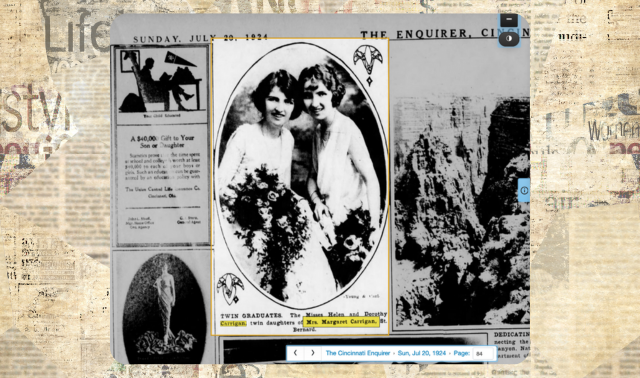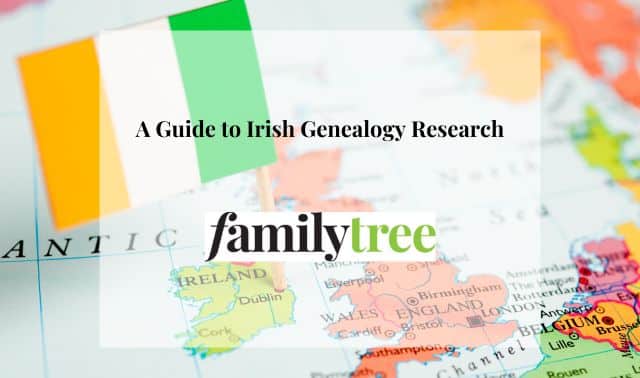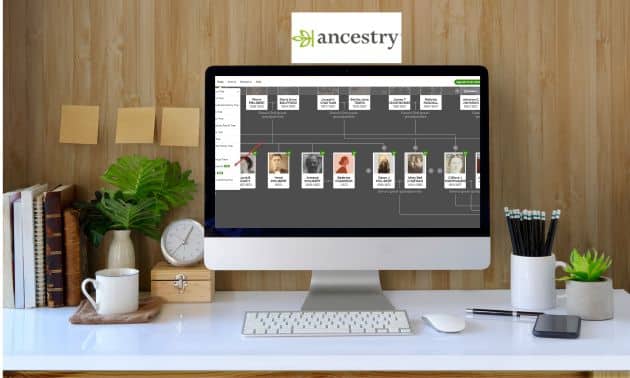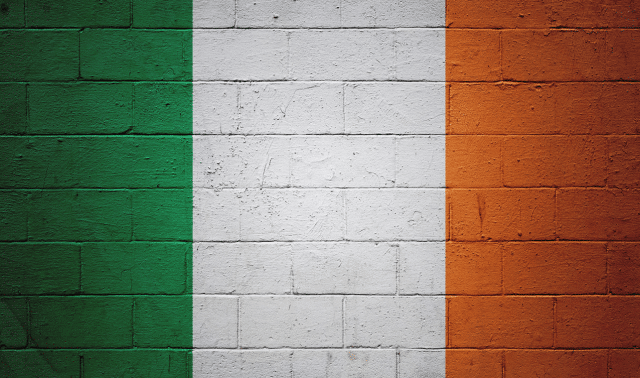
Trying to take your roots research back to the British Isles? Ancestry might have your ticket. Its UK-Ireland subscription brings you online access to records containing nearly 20 million names.
Parish and Probate Records
The largest UK-Ireland database boasts 15 million names from English, Welsh, Scottish and Irish parish registers dating 1538 to 1837. You’ll even find some non-parish records that go back as far as the 12th century.
Most vital records include a name, place, date and source; birth records list parents’ names, too. Even basic marriage records may hold valuable tidbits, such as this description of a husband’s occupation: “sailor in Greenock, last on board of the Elizabeth Snow of Glasgow, Captain David Blair, commander.”
To search, enter at least a surname. You can narrow your query by first name, parish, county and keyword. Keep in mind that entries have been transcribed just as they were originally written — “Weddinges Christinings & Buryinges begynninge in the yere of or Lord 1559,” for example. So if you come up empty-handed, try spelling variations, including phonetic ones.
Irish Immigrants: New York Port Arrivals, 1846-1851
When the 1840s potato famine hit, more than a million Irish immigrants fled to the United States, most through the port of New York. If your family was among them, you may find them in this 600,000-name index.
The index records, culled from US Customs Passenger Lists, supply surname, given name, age, gender, literacy, occupation, residence, destination, transit type (staying in the United States, for example), compartment, port of embarkation, ship, the number of passengers, arrival date and even native country. (The US government often classified immigrants’ nationalities based on their port of departure. So Irish ancestors who left from an English port may have been labeled English.) A bonus: You can click on the ship’s name to see all the passengers who traveled with your ancestor, including perhaps other relatives.
Pallot’s Marriage and Baptism Indexes
These two databases contain 4 million names from weddings and christenings recorded in the London area from 1780 to 1837. All entries link to images of the handwritten index slips.
Marriage records list the bride’s and groom’s names, date, church and parish. Although many records come from London and Middlesex, the database also has entries from 2,500 parishes in 38 counties outside London and some in Wales.
The original Pallot’s Baptism Index held 12 million records, but most were destroyed in World War II. The 200,000 surviving records cover 22 parishes in London and Middlesex, plus 27 others. You’ll learn the child’s and parents’ names, parish, date and county, plus the mother’s maiden name.
All three collections share a valuable feature: the Add Comment box. Click on the box to ask a question, add a link, post new comments to the record or view other users’ comments. This feature allows researchers to share data or just connect with one another.
Are the databases worth the subscription price? Absolutely. If you’re just getting started with UK or Irish research, they can help locate your ancestor in a certain place at a certain time. From there, you’ll need to turn to other resources, but at least you’ll have a jumping-off place.
A version of this article appeared in the August 2002 issue of Family Tree Magazine.




